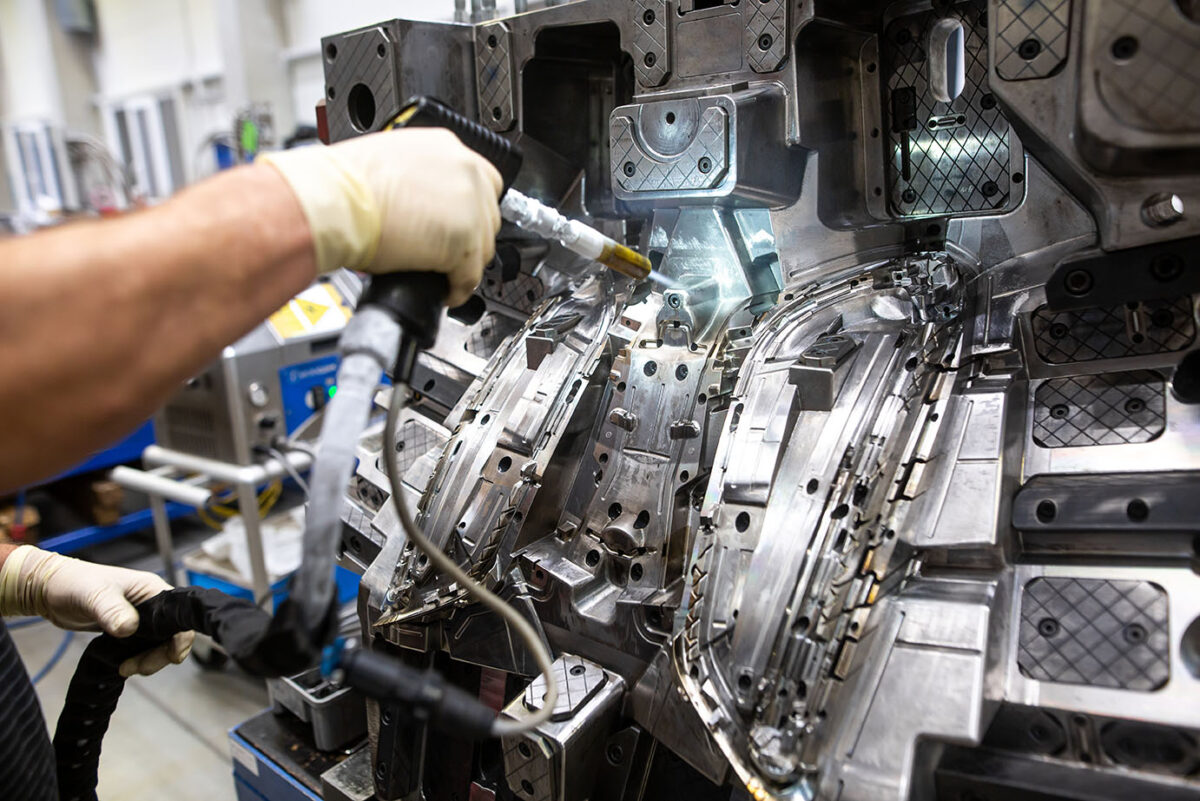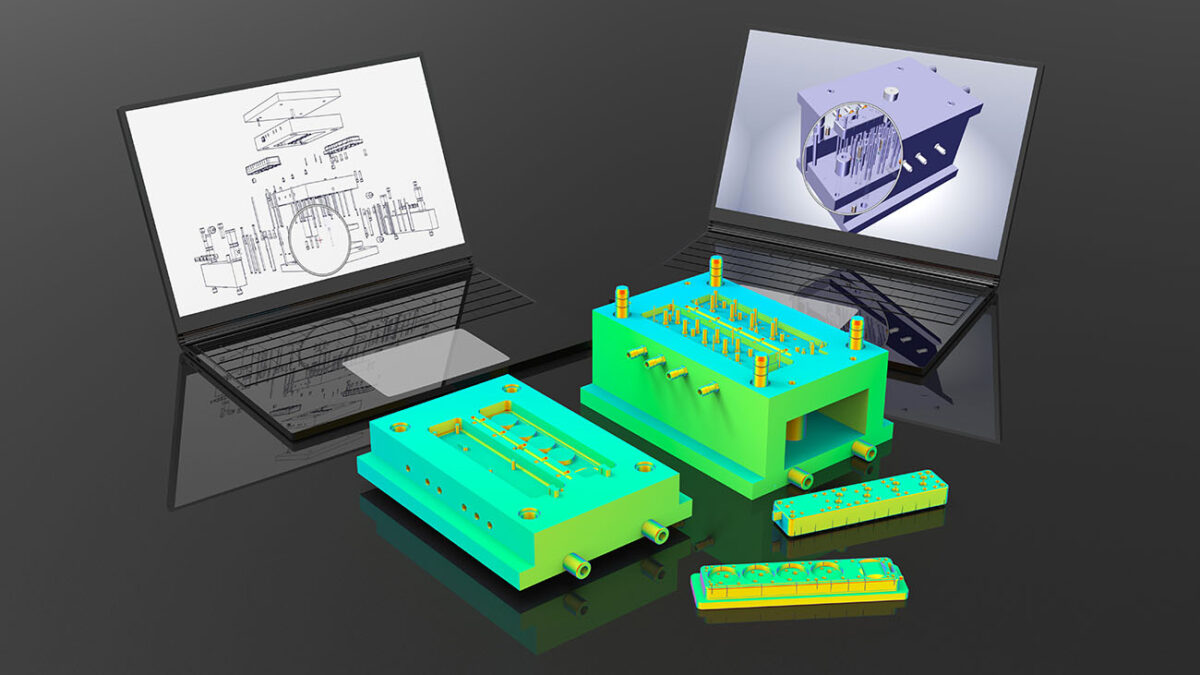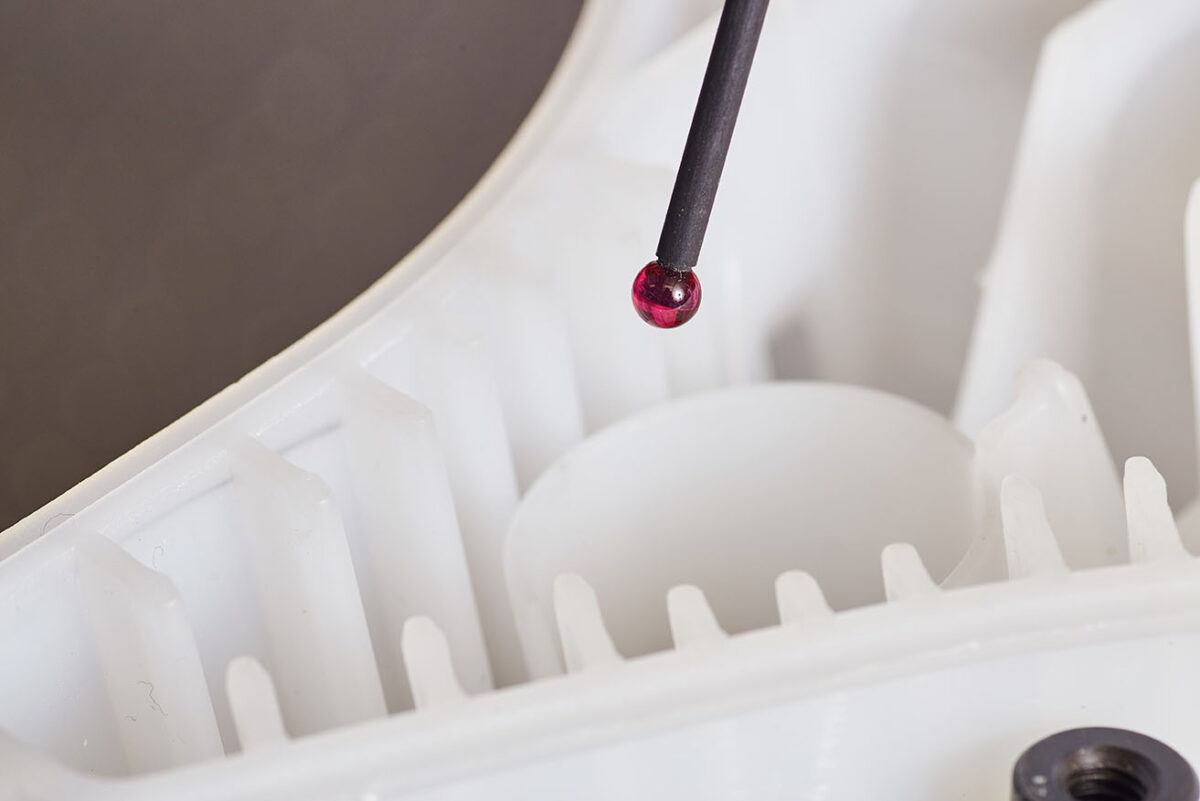How to Increase Injection Mold Life

Molds must be engineered with precision to achieve optimal results, making mold life a key consideration. Several factors influence injection mold life, including material choice, operating conditions, design, and maintenance.
This article explores these factors and provides insights from industry best practices on how to maximize the life of injection molds.
You can also read: Plastics Injection Molding: Definition, Benefits and Applications
Mold Lifespan and Classification
The lifespan of an injection mold refers to the number of production cycles it can endure before it deteriorates. Mold longevity is influenced by many variables, but one of the most important is the mold’s classification. The Association of Plastics Industry defines five classes of molds based on expected performance:
- Class 101: The highest quality mold, capable of withstanding over 1,000,000 cycles. These molds are highly durable, made from top-tier materials, and are best suited for large-scale, demanding industrial applications. Their superior quality makes them expensive.
- Class 102: Suitable for up to 1,000,000 cycles, these molds offer a balance between cost and durability, making them ideal for medium-to-high volume production.
- Class 103: Designed for moderate production needs, Class 103 molds have a lifespan of up to 500,000 cycles and are widely used in industries with mid-range quality and durability requirements.
- Class 104: With a maximum of 100,000 cycles, these lower-grade molds are not suited for demanding environments. They often require more frequent maintenance.
- Class 105: The least expensive and most short-lived class, designed for prototype or low-volume applications with an expected lifespan of around 500 cycles.

The lifespan of an injection mold refers to the number of production cycles it can endure before it deteriorates. Mold longevity is influenced by many variables, but one of the most important is the mold’s classification.
Factors Impacting Mold Life
Several factors can influence how long an injection mold lasts. These range from the materials used to operating conditions and maintenance practices. To get the most out of your mold investment, it’s essential to understand these variables.
- Material Selection: The material used to construct the mold plays a crucial role in its durability. Steel is the most durable option, withstanding many cycles, but it is expensive. Aluminum, though less costly and faster to machine, has a shorter lifespan and is more susceptible to wear. While steel molds are ideal for large-scale production, aluminum molds are commonly used in prototyping or small-volume production due to their lower cost.
- Operating Environment: Clean operating environments can significantly extend the life of a mold. Dust, dirt, and exposure to corrosive elements can cause wear, leading to premature mold failure. Molds used in harsher environments tend to degrade faster, while those in controlled settings can last longer.
- Cycle Time and Production Speed: Shorter production cycles and high-speed manufacturing can impose more stress on the mold, especially if it doesn’t have adequate time to cool between runs. This can lead to thermal fatigue, cracks, or other failures. Allowing molds to cool properly between cycles can reduce thermal stress and extend mold life.
- Preventive Maintenance: Regular mold maintenance is essential to extending its life. Preventive measures such as cleaning, lubricating, and inspecting for wear and tear help identify and fix small problems before they lead to more serious damage. Proper care can prevent early degradation and help molds achieve their maximum lifespan.
You can also read: Family and Multi-Cavity Tools: The Manufacturing Equation
Best Practices for Extending Mold Life
There are numerous ways to extend the life of an injection mold, and adopting best practices can help manufacturers get the most out of their molds. According to industry sources, here are eight strategies to maximize mold longevity:

A well-designed mold will have features that distribute heat evenly, preventing hotspots that can cause damage over time. Incorporating cooling channels helps ensure consistent temperatures during the molding process. Simulation is a good way to predict the mold life and optimize the design before cutting the steel.
- Proper Mold Design: A well-designed mold will have features that distribute heat evenly, preventing hotspots that can cause damage over time. Incorporating cooling channels helps ensure consistent temperatures during the molding process.
- Material Compatibility: Choosing the right materials for both the mold and the molded parts can reduce wear. For instance, molds exposed to abrasive materials should be made of highly durable steel, while non-corrosive environments may allow for the use of less expensive materials like aluminum.
- Venting and Cooling: Efficient venting systems and proper cooling can significantly reduce stress on molds. Without adequate venting, air and gas pockets can create pressure that damages the mold, while insufficient cooling can cause thermal fatigue.
- Surface Treatments: Surface treatments such as Physical Vapor Deposition (PVD) coatings can reduce friction, making part ejection easier and less stressful on the mold. This also helps minimize wear and tear during the molding process, preserving the mold’s precision and extending its life.
Maintenance
- Maintenance Programs: Instituting regular maintenance schedules is critical. This includes frequent inspections, cleaning, and minor repairs to keep molds operating at their peak. Monitoring molds for signs of wear and tear helps prevent unexpected failures that can lead to costly downtime.
- Lubrication: Keeping the mold properly lubricated helps reduce friction and wear on moving parts. Over time, lack of lubrication can lead to increased stress on mechanical components, ultimately shortening the mold’s lifespan.
- Prevent Overheating: Ensuring molds don’t overheat during the production process is vital. Overheating can lead to warping, cracking, and other issues that compromise the integrity of the mold.
- Regular Cleaning: Keeping the mold clean is crucial. Contaminants like dirt, dust, or plastic residue can lead to surface damage and increased wear. Cleaning after each production run ensures that these elements don’t accumulate and cause long-term damage.
Common Mold Defects
Despite best efforts, certain defects can occur during the injection molding process, impacting both product quality and mold life. Some of the most common defects include:
- Flow Lines: These marks occur when molten plastic cools unevenly, potentially leading to weak spots in both the part and the mold.
- Sink Marks: Rapid cooling in specific mold areas can cause small depressions in the final part, making it harder to eject without causing damage.
- Burn Marks: Excessive heat during production can cause localized burn marks, damaging the mold and part.
- Delamination: Parts separating into layers during the production process can lead to damage during ejection.
- Flashing: This occurs when excess plastic escapes along the parting line, which can lead to mold damage over time.

Despite best efforts, certain defects can occur during the injection molding process, impacting both product quality and mold life.
You can also read: Injection Molding Factors Influencing Part Quality
Conclusion
Injection molds are a critical investment in the manufacturing process, and maximizing their lifespan is essential for cost-efficiency and productivity. By understanding the key factors affecting mold longevity—such as material selection, operating environment, and maintenance practices—manufacturers can extend the useful life of their molds. Additionally, employing best practices in mold design, maintenance, and surface treatment can lead to significant cost savings and improved product quality.

How can manufacturers ensure that their injection molds are engineered with the utmost precision to maximize their lifespan and efficiency? Are there any innovative technologies or techniques that can be utilized to push the boundaries of mold engineering and design?”,
“refusal
Thanks Ciara for your question, really appreciate it. Currently there are a lot of technologies and methodologies you can apply pushing for excellence, however, there is no a standard recipe and do you really need always gold tools?. The most important step, I can advice you, is to define and agree clearly in the early stages of the project with the customer what is really required, in order to get the best cost/benefit scenario as possible. Let’s keep in touch.